What Causes Low Water Pressure?
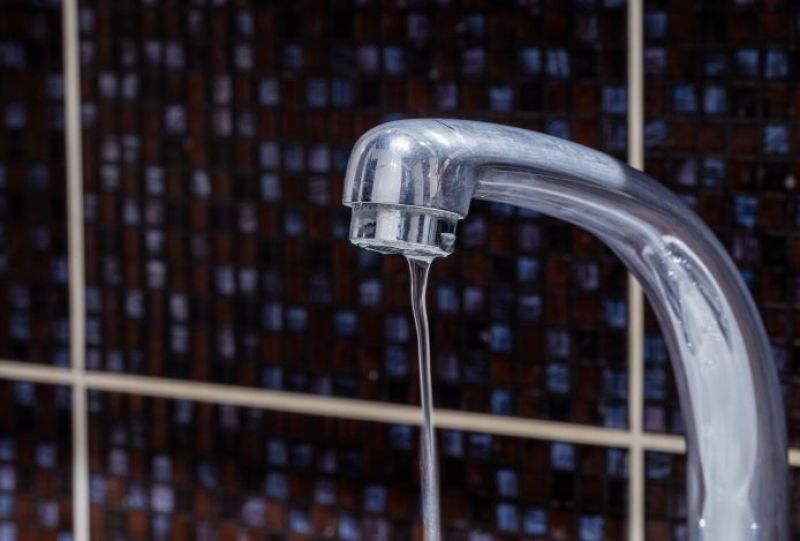
TLDR: Low water pressure can disrupt daily routines, but understanding the common causes is the first step in addressing the issue. Reasons can range from pipe blockages and corrosion to leaky pipes and water supply problems. Malfunctioning water pressure regulators and fixture or appliance issues can also contribute to low water pressure. Solutions vary depending on the cause, from cleaning clogged fixtures to consulting professionals for complex issues. Rootin Tootin Rooter and Plumbing can provide expert assistance.
Low water pressure in your home can be frustrating, affecting daily tasks like showering, washing dishes, and even basic cleaning. Understanding the causes, implementing fixes, and taking preventive measures can help you maintain optimal water pressure in your plumbing system. In this blog, we’ll explore the common reasons behind low water pressure, practical solutions to resolve the issue, and steps you can take to prevent it from occurring in the future.
The Most Common Causes of Low Water Pressure
Low water pressure can disrupt your daily routines and make simple tasks like showering or doing the dishes a frustrating experience. Understanding the underlying causes of low water pressure is the first step toward resolving the issue and ensuring your plumbing system operates smoothly. Here are some common reasons behind low water pressure:
Pipe Blockages or Corrosion
One of the common causes of low water pressure in your home is the presence of pipe blockages or corrosion within your plumbing system. These issues can develop gradually over time, leading to a noticeable reduction in water flow and pressure. Understanding the details of these problems can help you take appropriate measures to address them effectively.
1. Mineral Deposits and Sediment:
- Over the years, your plumbing pipes can accumulate mineral deposits and sediment from the water that flows through them. This is particularly common in areas with hard water, which contains high levels of minerals like calcium and magnesium.
- As these minerals build up inside the pipes, they create obstructions that narrow the passage for water flow. Think of it like a clogged artery in your circulatory system; the more buildup there is, the less room there is for water to flow freely.
- The result is reduced water pressure at your faucets and fixtures, which can become especially noticeable if the buildup is severe.
2. Rust and Corrosion:
- Another issue that can lead to low water pressure is rust and corrosion within your plumbing pipes. This is more common in older homes with aging pipes or in areas with corrosive water.
- When pipes corrode, they can develop small holes or cracks that allow water to escape. This water loss not only wastes a precious resource but also contributes to lower water pressure throughout your home.
- Additionally, the rough and uneven surface created by corrosion can disrupt the smooth flow of water, leading to further pressure loss.
Leaky Pipes
Leaky pipes represent another common cause of low water pressure in homes. While the immediate concern with leaky pipes is often water wastage and potential water damage to your property, it’s essential to understand how these leaks can lead to a gradual decrease in water pressure throughout your plumbing system.
1. Water Wastage:
- When pipes develop leaks, water escapes from the plumbing system. These leaks may occur in various locations, such as under sinks, within walls, or in the crawl space or basement of your home. Regardless of their size, leaks waste a valuable resource.
- Even minor leaks, like dripping faucets or small, hidden pipe leaks, can add up to a significant amount of water wastage over time. Not only is this wasteful, but it can also result in higher water bills.
2. Decreased Water Pressure:
- The presence of leaks can disrupt the overall pressure within your plumbing system. As water escapes through leaks, it reduces the amount of water available for other fixtures and faucets in your home.
- This reduction in available water volume can lead to a noticeable drop in water pressure when you use multiple fixtures simultaneously. For example, you might experience a decrease in water pressure in your shower while running the dishwasher or flushing a toilet.
- Over time, the cumulative effect of these leaks can lead to consistently low water pressure throughout your home.
3. Potential Water Damage:
- Leaky pipes can also cause water damage to your property. When water leaks into walls, ceilings, or floors, it can result in structural damage, mold growth, and costly repairs.
- The damage caused by leaks can exacerbate the low water pressure issue if it leads to pipe deterioration or blockages due to water-related issues like corrosion or mineral buildup.
Water Supply Issues
While many cases of low water pressure originate within your home’s plumbing system, it’s important to consider external factors that can lead to reduced water pressure. Water supply issues related to the municipal water source can be a significant cause of low water pressure in your household. Understanding these external factors is crucial for troubleshooting and addressing low water pressure effectively.
1. Water Main Breaks:
- Water mains are the primary pipes that distribute water from the municipal supply to homes and businesses in your area. In some cases, these large water mains can experience breaks or ruptures due to various factors, such as aging infrastructure, ground shifts, or extreme weather conditions.
- When a water main breaks, it can disrupt the normal flow of water to your home. The reduced supply of water can result in lower water pressure at your faucets and fixtures.
2. Routine System Maintenance:
- Municipal water systems require periodic maintenance to ensure their proper functioning. During maintenance activities like flushing, cleaning, or repairing pipelines, the water supply to your area may be temporarily disrupted or reduced.
- Maintenance-related interruptions can lead to lower water pressure in your home until the maintenance work is completed and water flow is fully restored.
3. High Water Demand During Peak Hours:
- Water demand in your area can vary throughout the day, with peak demand typically occurring during specific times, such as morning showers or evening meal preparations. When many households simultaneously draw water from the municipal supply, it can strain the system and result in reduced water pressure.
- Peak demand periods can lead to a noticeable drop in water pressure in your home, especially if your area’s water infrastructure is not designed to handle the high demand efficiently.
Water Pressure Regulator Problems
Your home’s water pressure regulator plays a vital role in maintaining the optimal water pressure within your plumbing system. When this component functions correctly, it ensures that the pressure of incoming water is controlled and maintained at a consistent and suitable level for your home’s needs. However, when a water pressure regulator malfunctions, it can lead to significant water pressure problems, including excessively low water pressure. Here’s an in-depth look at the role of water pressure regulators and how issues with these devices can affect your water pressure:
1. The Role of Water Pressure Regulators:
- A water pressure regulator, also known as a pressure-reducing valve (PRV), is installed in your home’s water supply line. Its primary function is to reduce the high pressure of the incoming water from the municipal supply to a safe and manageable level for your plumbing system and fixtures.
- The regulator ensures that water pressure doesn’t exceed the recommended levels, which can protect your plumbing pipes, fixtures, and appliances from damage caused by excessive pressure.
2. Malfunctioning Regulators and Low Water Pressure:
- When a water pressure regulator malfunctions, it can lead to either excessively low or excessively high water pressure within your home.
- In the case of low water pressure caused by a faulty regulator, the device may not effectively regulate pressure, allowing it to drop below the optimal level. This results in reduced water flow and inadequate pressure at your faucets and fixtures.
- The reasons for regulator malfunctions can vary, including wear and tear, internal component failures, or debris accumulation that impedes proper operation.
Fixture or Appliance Issues
Sometimes, the causes of low water pressure are more localized and specific to individual fixtures or appliances within your home. Understanding how problems with these components can lead to decreased water pressure is essential for troubleshooting and addressing low pressure effectively.
1. Faucet Problems:
- Faucets are a common source of low water pressure issues. Over time, faucets can develop clogs due to mineral deposits or debris that accumulate within the aerator or the faucet itself. These clogs restrict the flow of water and result in reduced water pressure.
- Worn-out or damaged internal components in the faucet, such as washers or cartridges, can also contribute to low water pressure. Leaks within the faucet can further exacerbate the problem.
2. Showerhead Issues:
- Showerheads can experience similar problems as faucets. Mineral buildup or sediment can accumulate in the showerhead’s nozzles, obstructing the flow of water and causing low water pressure during showers.
- Additionally, certain showerheads may have adjustable settings that allow you to control water flow. If the showerhead is not adjusted correctly, it can lead to a perception of low water pressure.
3. Appliance-Related Problems:
- Appliances that require a significant amount of water, such as dishwashers or washing machines, can also contribute to low water pressure issues if they develop clogs or issues with their water supply lines or filters.
- Dishwashers, for example, have filters and spray arms that can become clogged with food particles or debris, affecting water flow and pressure during the wash cycle.
Addressing low water pressure requires identifying and resolving the specific cause of the issue. Whether it’s blockages in your pipes, leaks, problems with the water supply, regulator issues, or fixture and appliance concerns, each cause requires a different approach to effectively restore your water pressure.
Finding the Right Plumber for Your Low Water Pressure Repairs
When it comes to tackling intricate water pressure challenges or addressing extensive plumbing issues, it’s wise to turn to seasoned professionals like Rootin Tootin Rooter and Plumbing. Their wealth of experience ensures efficient diagnosis and resolution of problems.
Don’t let low water pressure disrupt your daily routines. By grasping the underlying causes, implementing effective remedies, and adopting preventive measures, you can guarantee a continuous and ample supply of water pressure throughout your entire home. In instances of persistent low water pressure problems or when expert assistance is required, do not hesitate to reach out to Rootin Tootin Rooter and Plumbing. Their expertise and solutions are just a phone call away.
Frequently Asked Questions About Low Water Pressure in Your Home
Is low water pressure always a plumbing issue within my home?
No, low water pressure can sometimes be attributed to external factors related to the municipal water supply, such as water main breaks or maintenance. It’s essential to consider both internal and external factors when diagnosing low water pressure.
How can I check if the low water pressure is limited to a specific fixture or affects the entire house?
To determine whether low water pressure is isolated to a specific fixture or affects the whole house, turn on multiple faucets or fixtures simultaneously. If multiple fixtures show reduced water pressure, it’s likely a systemic issue. If only one fixture is affected, the problem may be localized.
Are there any DIY methods to improve water pressure at home?
In some cases, you can improve water pressure by cleaning or replacing clogged faucet aerators or showerheads. However, for more significant issues like pipe blockages, corrosion, or regulator problems, it’s best to consult a professional plumber for proper diagnosis and repairs.
Can low water pressure cause damage to my plumbing system or appliances?
Low water pressure itself may not cause immediate damage, but it can affect the efficiency of appliances like dishwashers and washing machines. Additionally, if low pressure results from pipe corrosion or leaks, it can lead to water damage and should be addressed promptly.
Is low water pressure a sign of water wastage in my home?
Yes, low water pressure can sometimes indicate water wastage, especially if it’s caused by leaky pipes. Even minor leaks can add up to significant water wastage over time, resulting in higher water bills and potential property damage.
What preventive measures can I take to avoid future low water pressure issues?
To prevent future low water pressure problems, consider installing a whole-house water filtration system to reduce mineral buildup. Regularly inspect and maintain your plumbing system, including checking for leaks and addressing them promptly. Additionally, be mindful of peak water usage times and plan activities accordingly to avoid straining the water supply.
Other Blogs You May Be Interested In
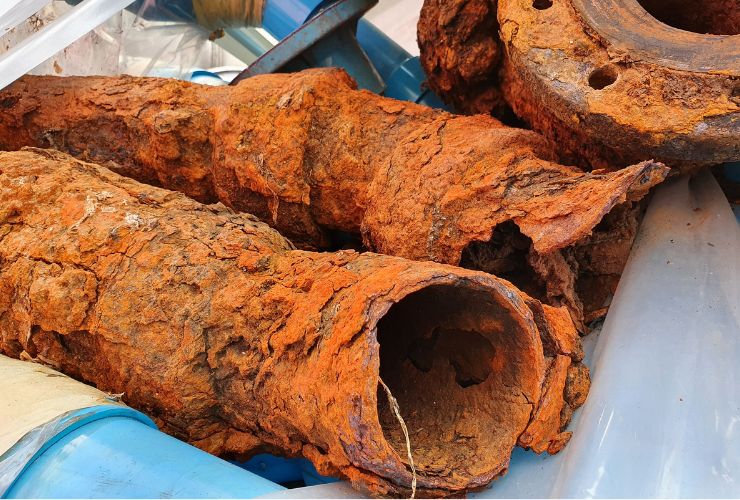
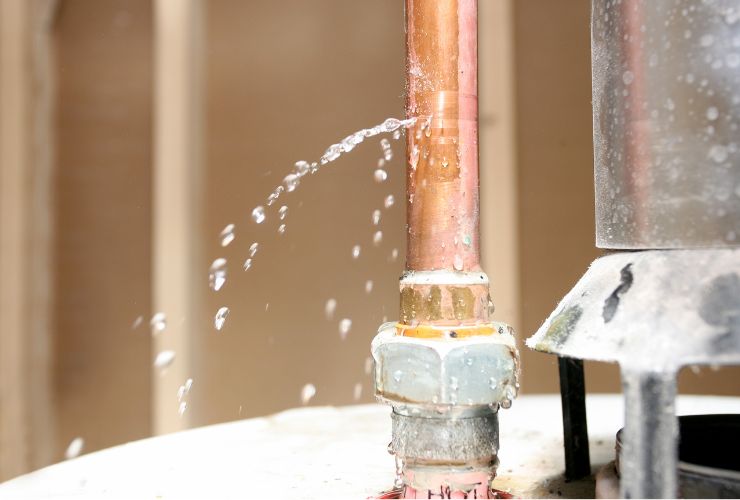
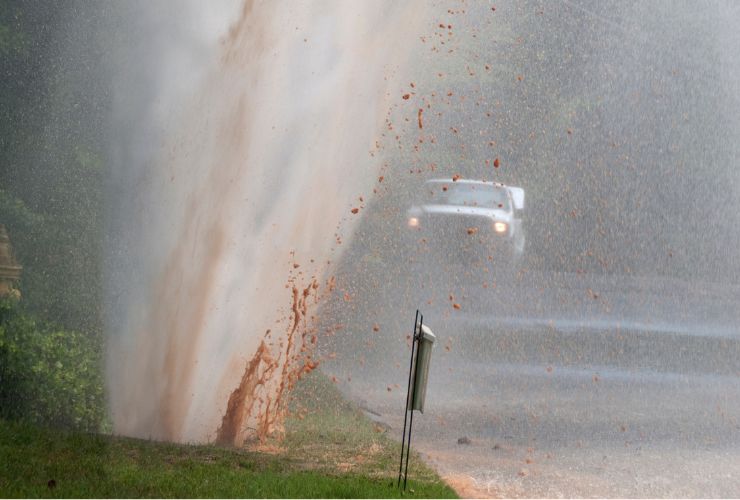
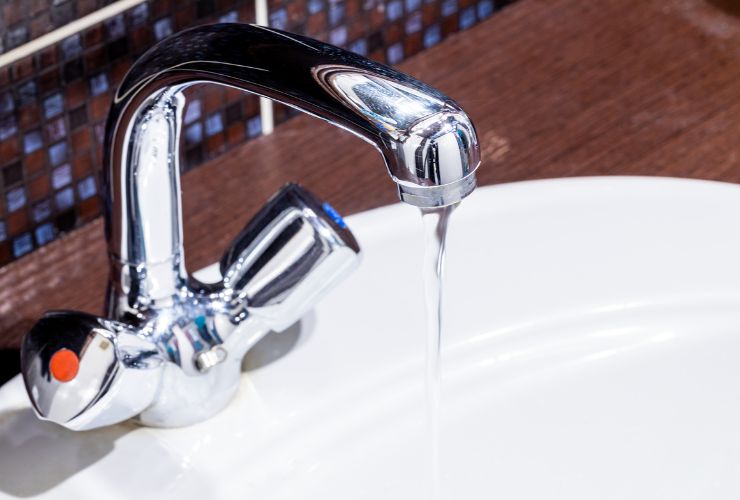
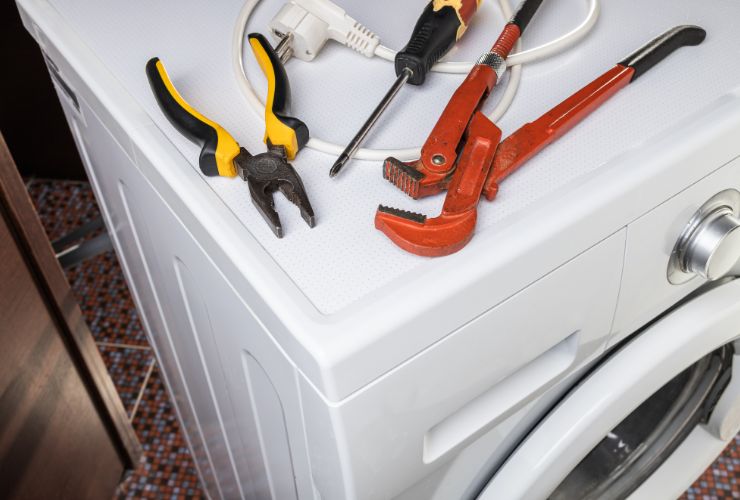
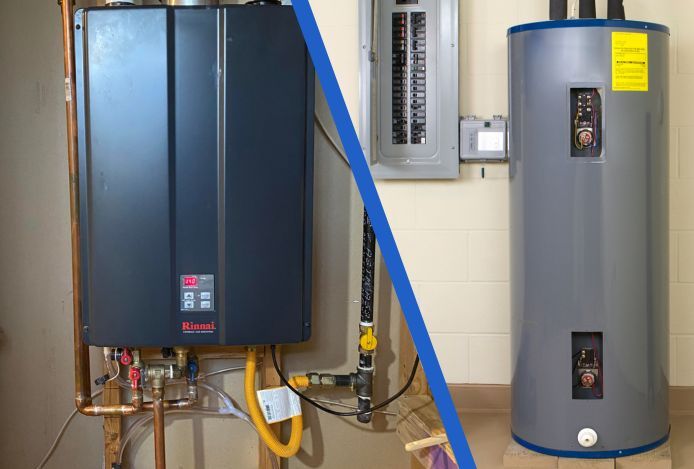
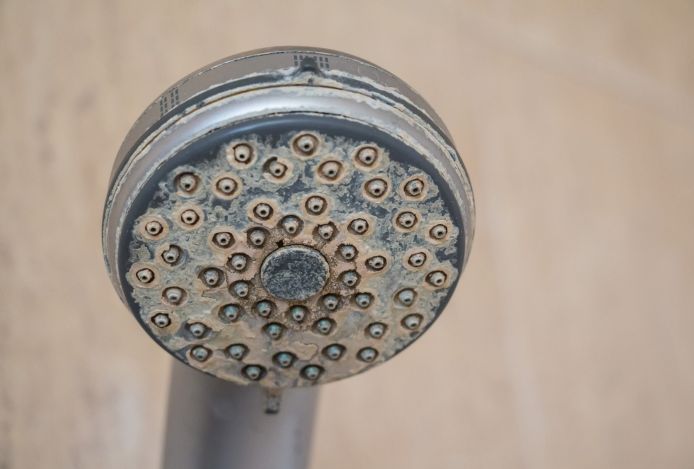

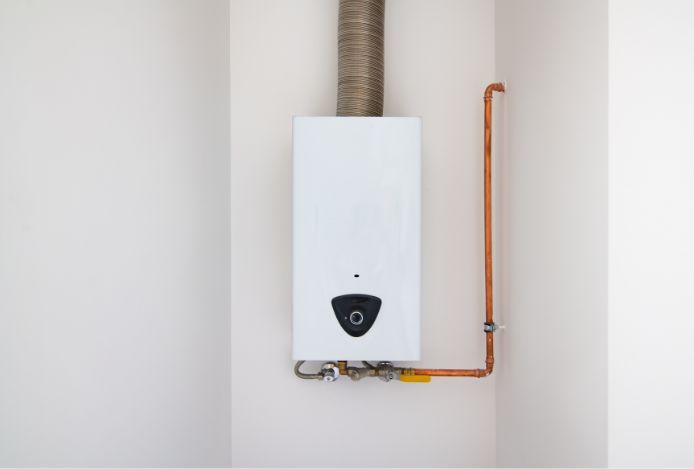
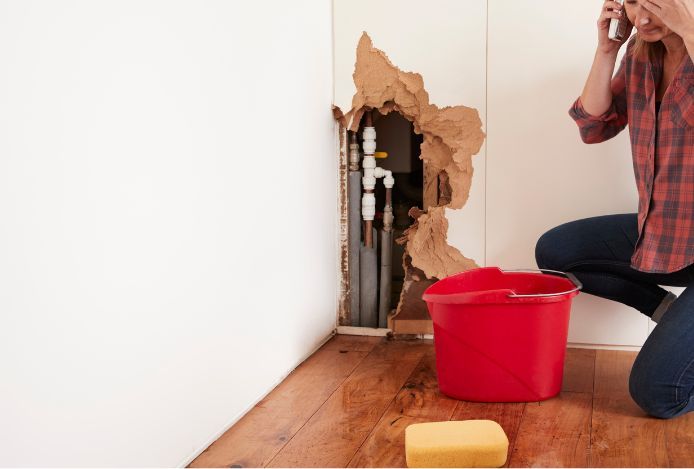
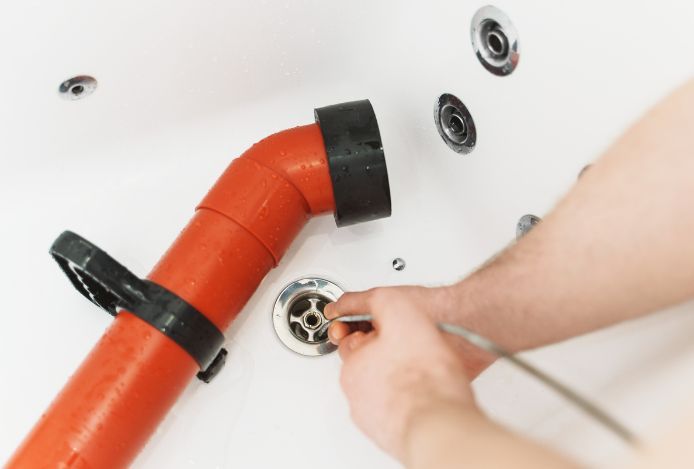
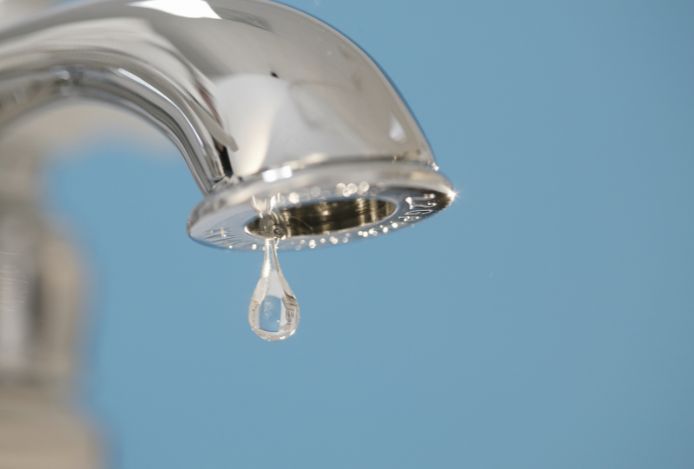
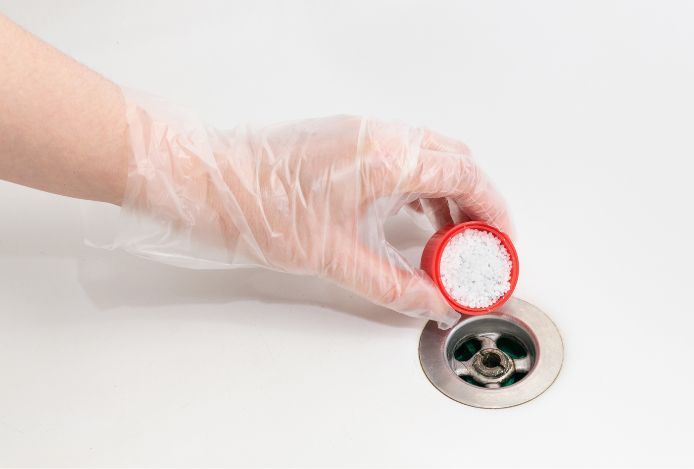
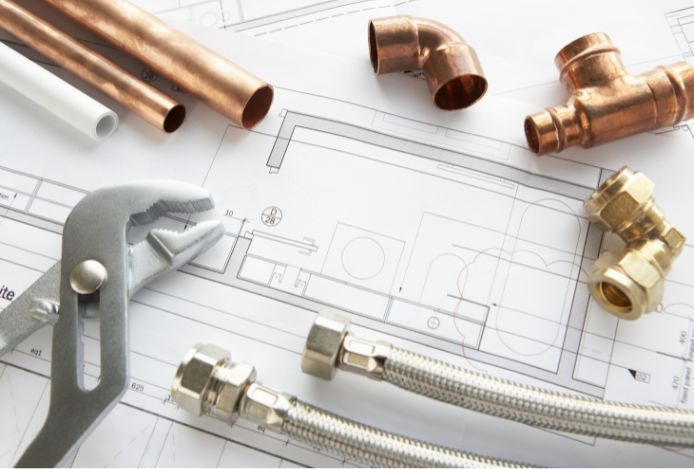
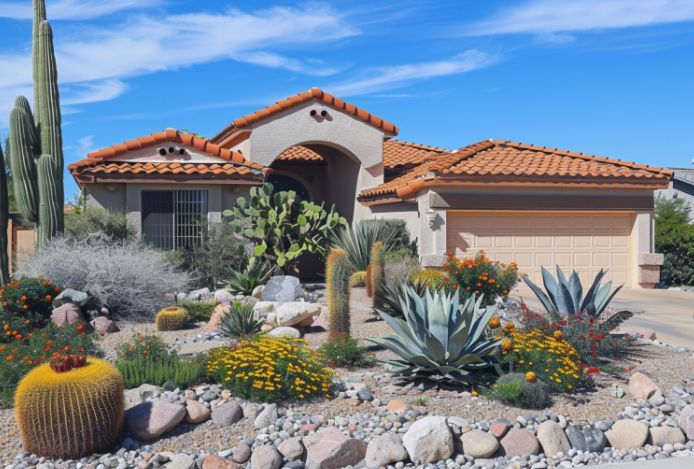
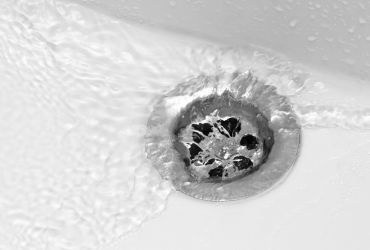
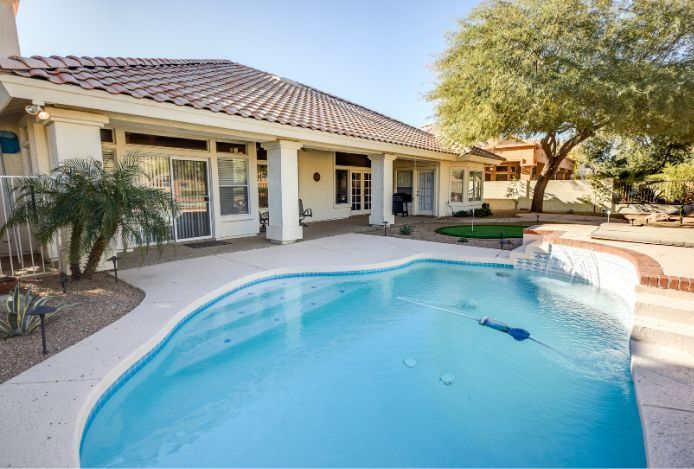
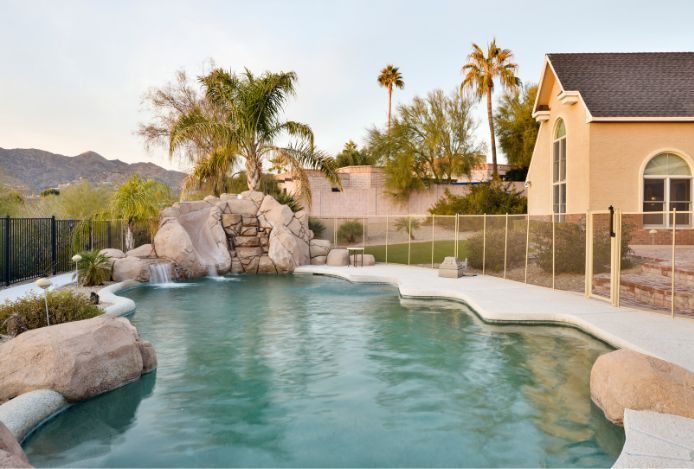
Leave a Reply